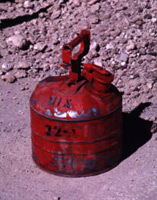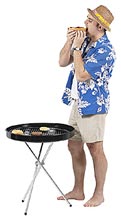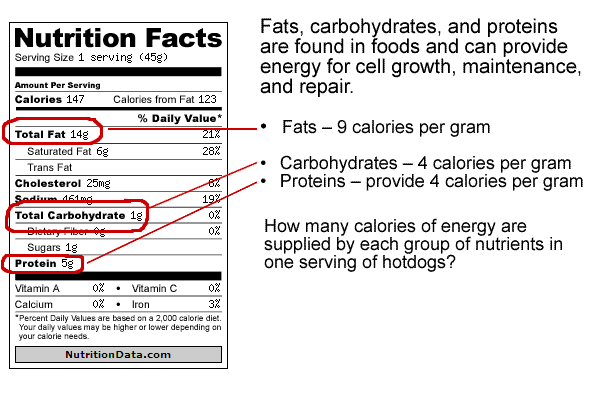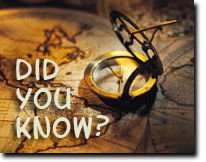 We're about an hour north of Giza and will be at the Pyramids soon, but we have only one five-gallon can of bio-diesel fuel to spare. We better hit this service station and fuel up. Speaking of fueling up, I know of a fabulous restaurant near here that serves a Greek Salad that is to die for. Fortunately, my archeology mentor, Dr. Q, taught me the secret handshake to get past the doorman.
We're about an hour north of Giza and will be at the Pyramids soon, but we have only one five-gallon can of bio-diesel fuel to spare. We better hit this service station and fuel up. Speaking of fueling up, I know of a fabulous restaurant near here that serves a Greek Salad that is to die for. Fortunately, my archeology mentor, Dr. Q, taught me the secret handshake to get past the doorman.
 |
In this activity you will:
- relate homeostasis to the metabolism of living things
- explain the function of carbohydrates, lipids, and proteins in a living system or cell
The Honors student will:
- research the structure and composition of monosaccharides, disaccharides, and polysaccharides
- compare and contrast the properties of starch and cellulose and relate noted differences to structure
|
 Have you ever heard the saying, "you are what you eat"? There is some truth to that, you know? Organisms must take in nutrients (in the food they consume) to continue living. The elements that make up the food help to make new cells and keep your body running. Makes you think twice about eating another hotdog, doesn't it?
Have you ever heard the saying, "you are what you eat"? There is some truth to that, you know? Organisms must take in nutrients (in the food they consume) to continue living. The elements that make up the food help to make new cells and keep your body running. Makes you think twice about eating another hotdog, doesn't it?
The food a living thing eats, or consumes, contains large molecules called macromolecules. There are four main groups, or kinds, of macromolecules:
- Lipids, or fats
- Proteins
- Carbohydrates
- Nucleic Acids (DNA and RNA - These molecules are involved in heredity and making proteins.)
Three of these groups of molecules are important energy sources for living things!
Recall heterotrophs, like people, need food for energy. The three kinds of nutrients provide us with differing amounts of energy. Let's use the hotdog as an example. Check out this nutrition label for hotdogs. Can you see the important nutrients in the list? We've circled them and have given you some information about the amount of energy they contain.

Text-only version

The average growing teen needs his or her diet to include the following percentages in these 3 areas:
- 60% of the calories should come from carbohydrates
- 30%, or fewer, of the calories should come from fat, with most fats coming from sources of unsaturated fats
- 10% of calories should come from protein
OK! The van's all fueled, and I have filled the extra tanks. Let's head out to the restaurant; I'll teach you the secret handshake on the way.
Go to the BioVenture tab to continue this activity.
Images © clipart.com 2006 with the exception of the nutrition facts © FLVS 2006
|



